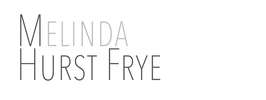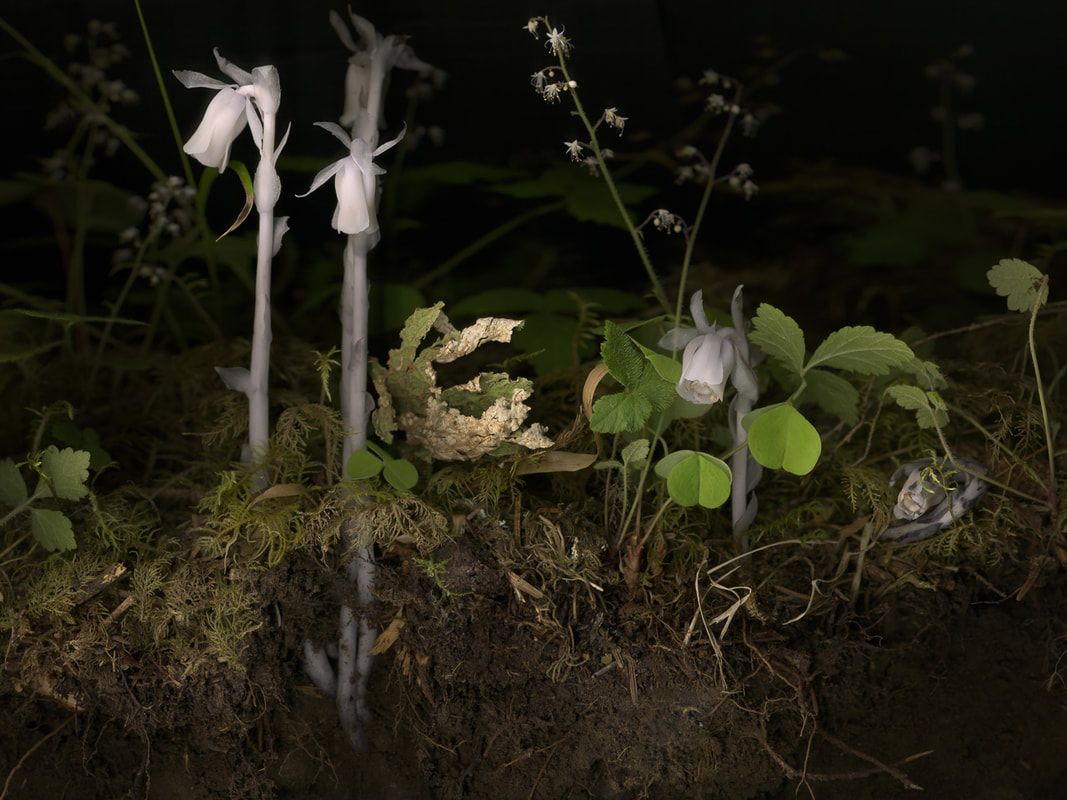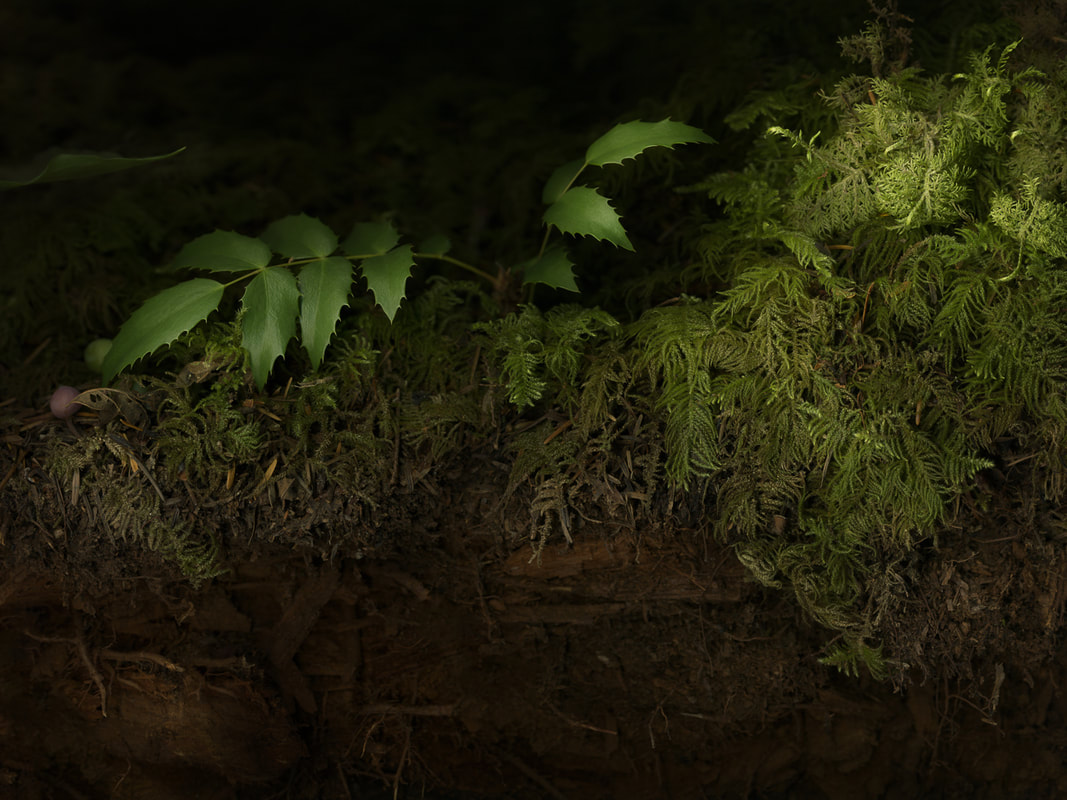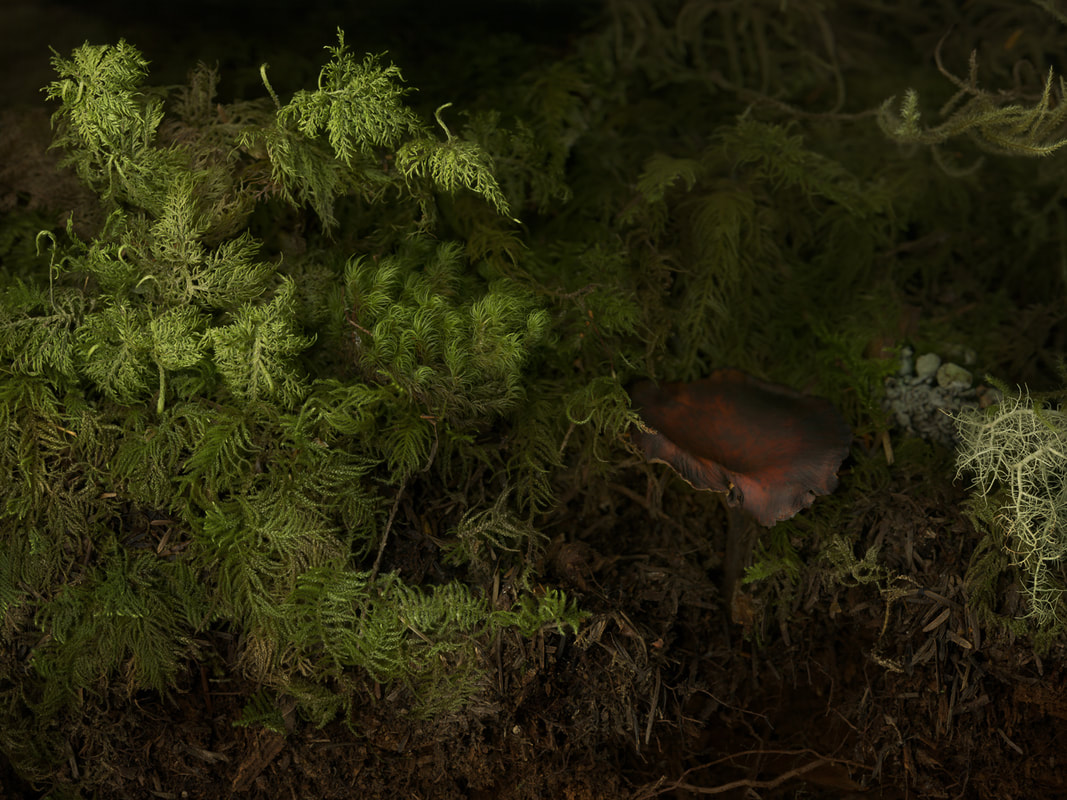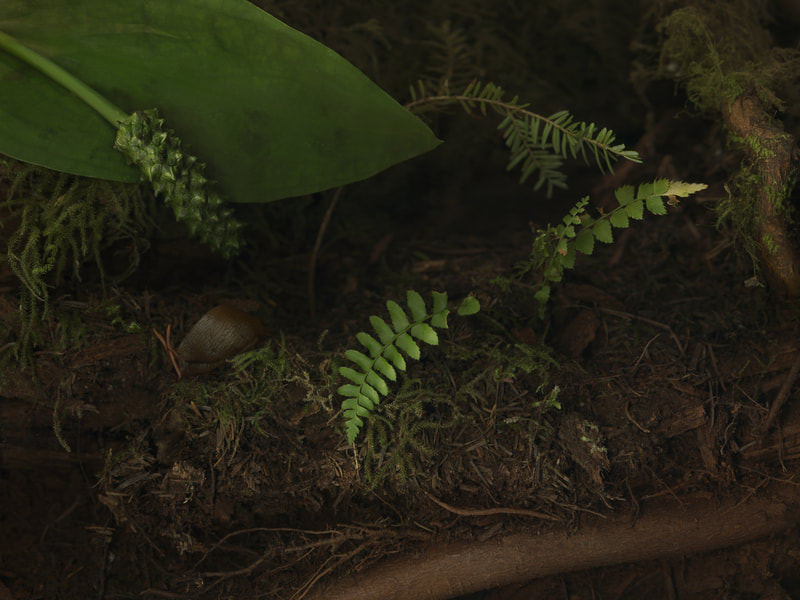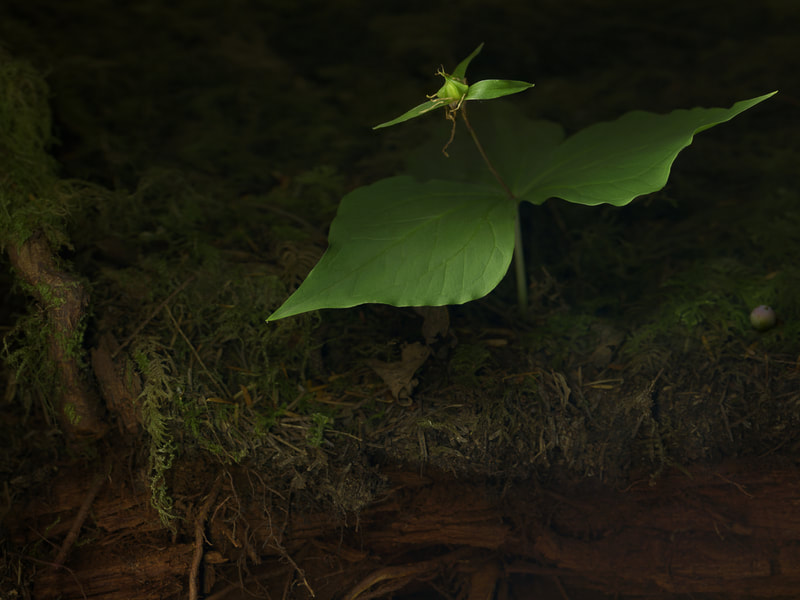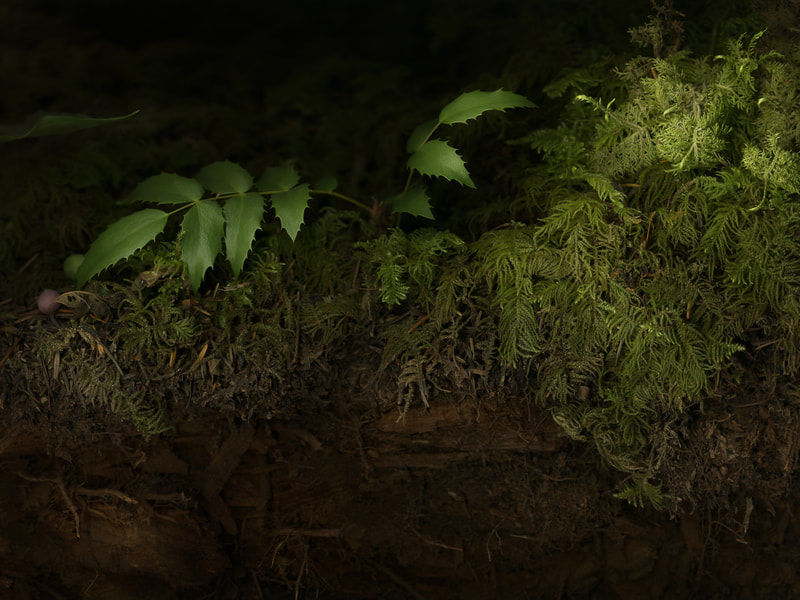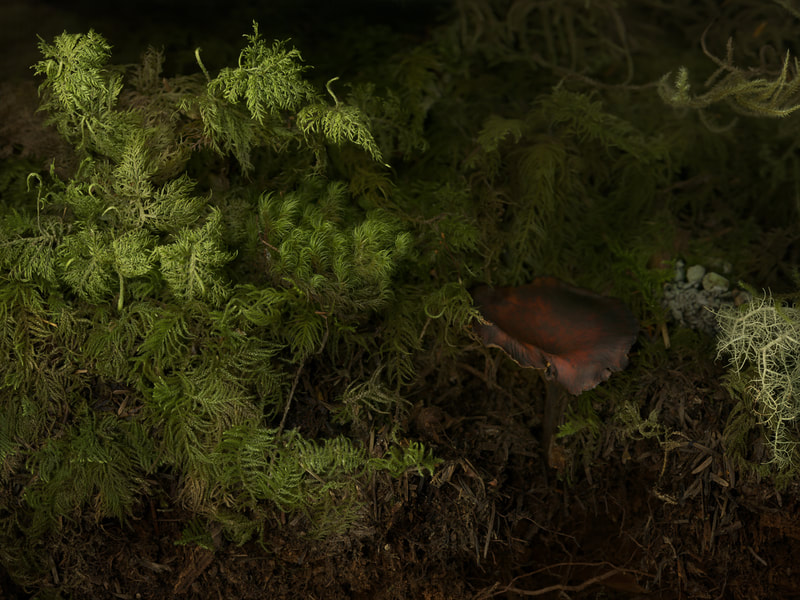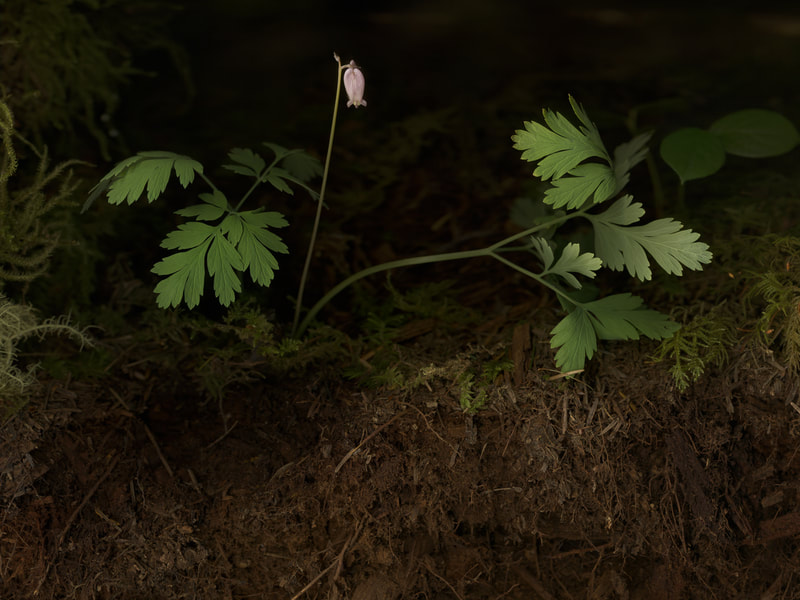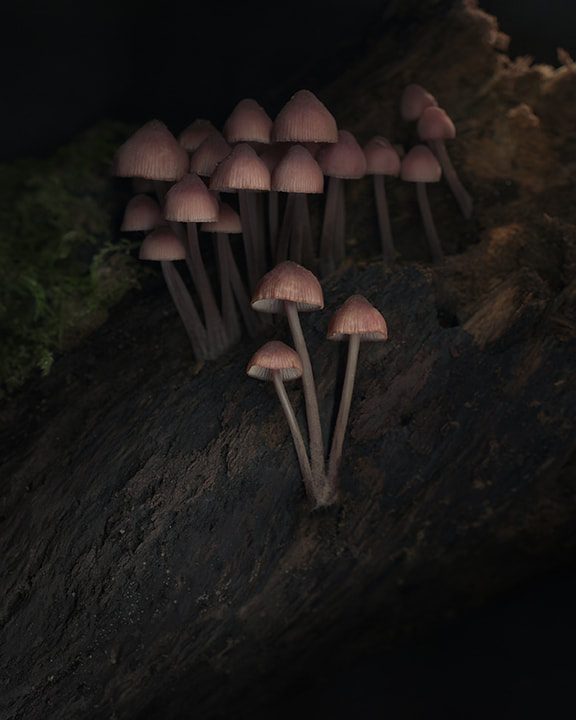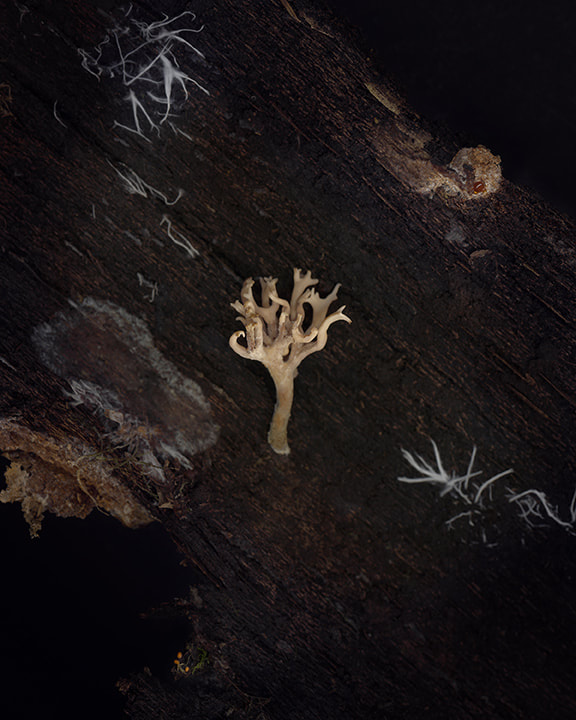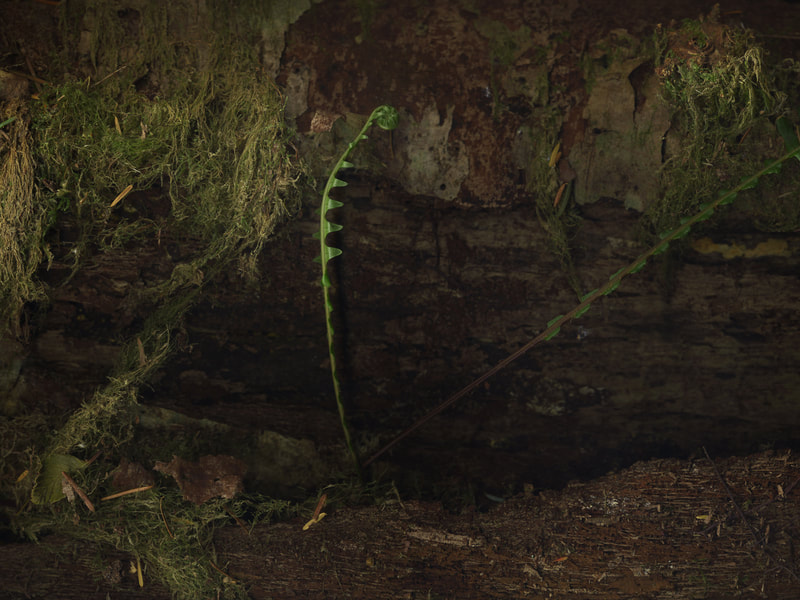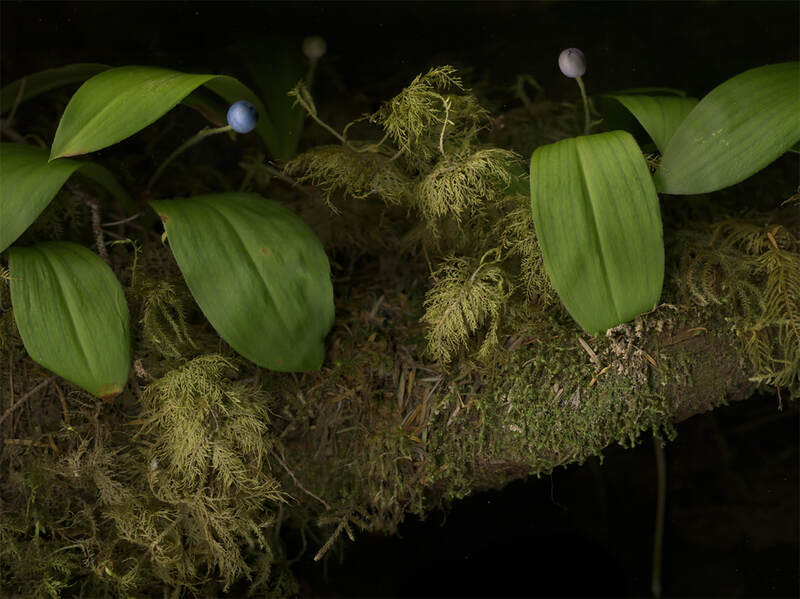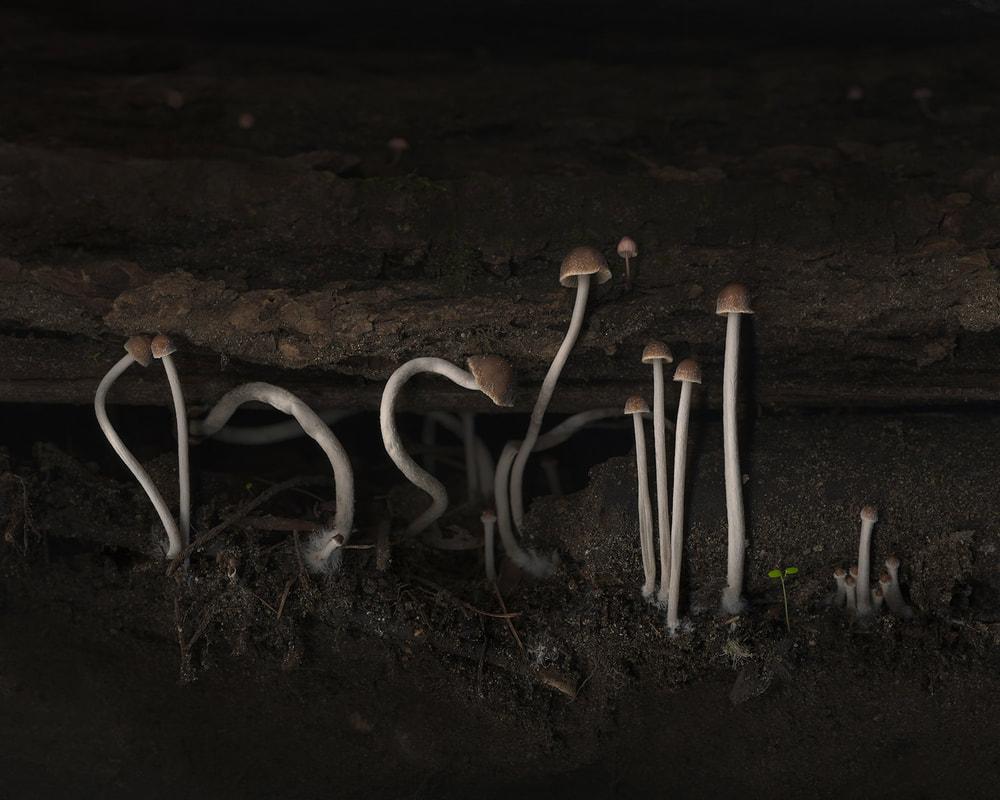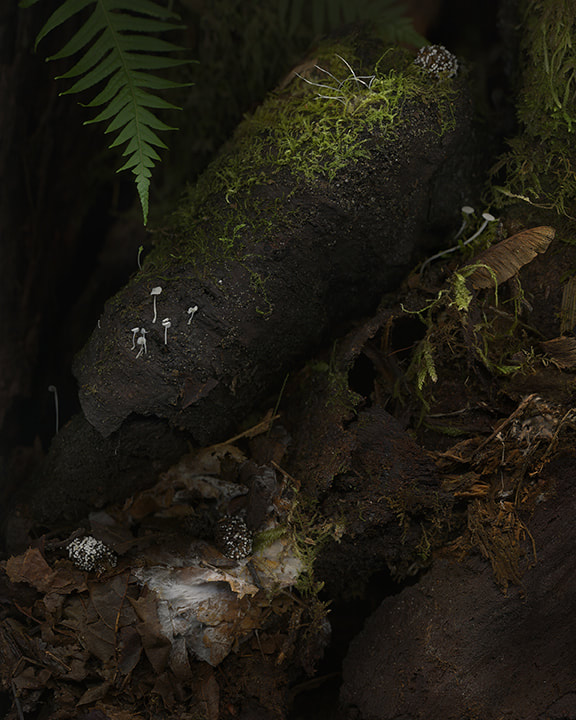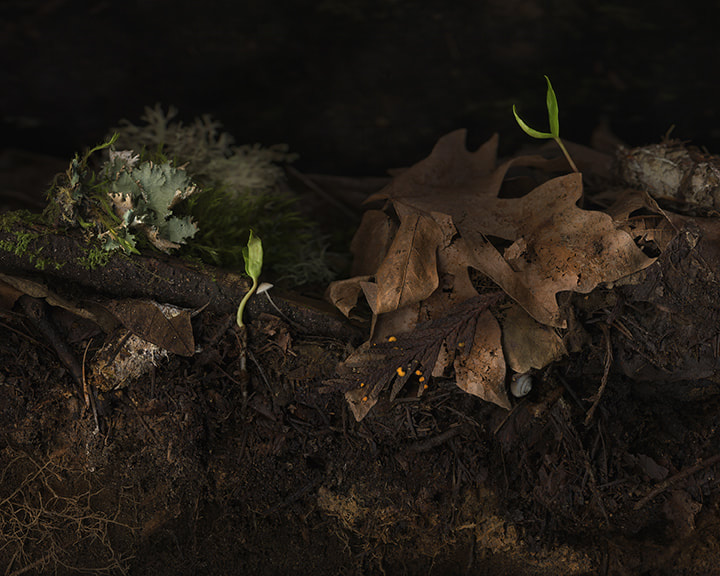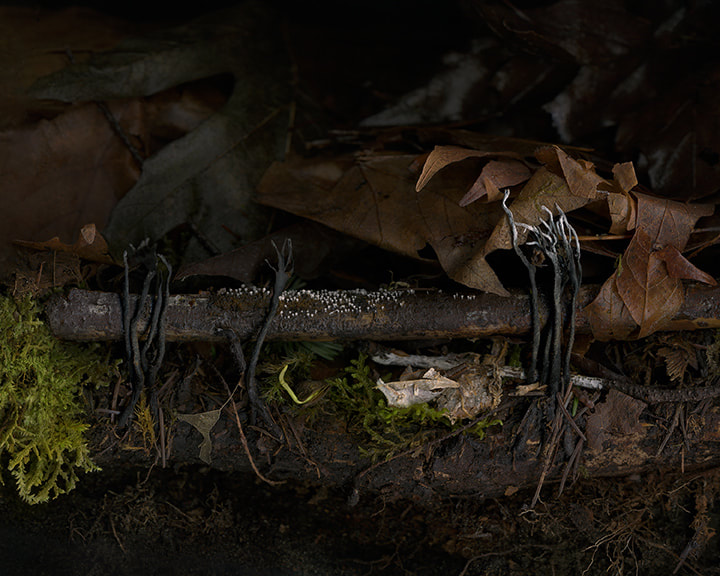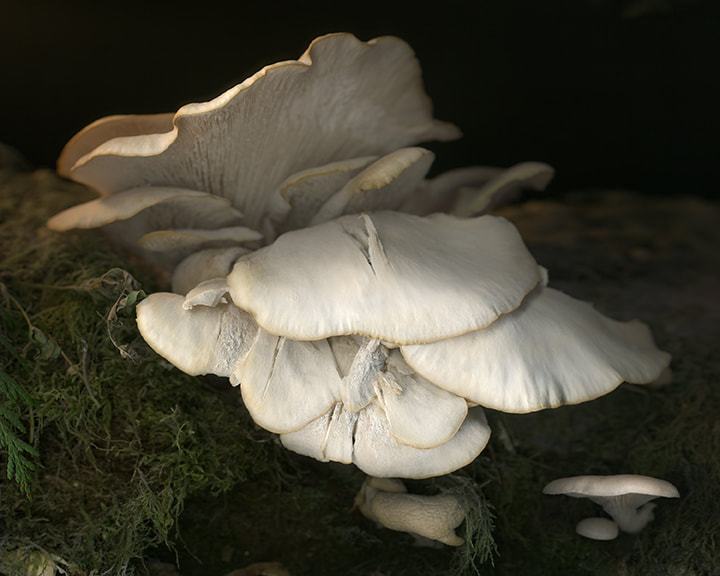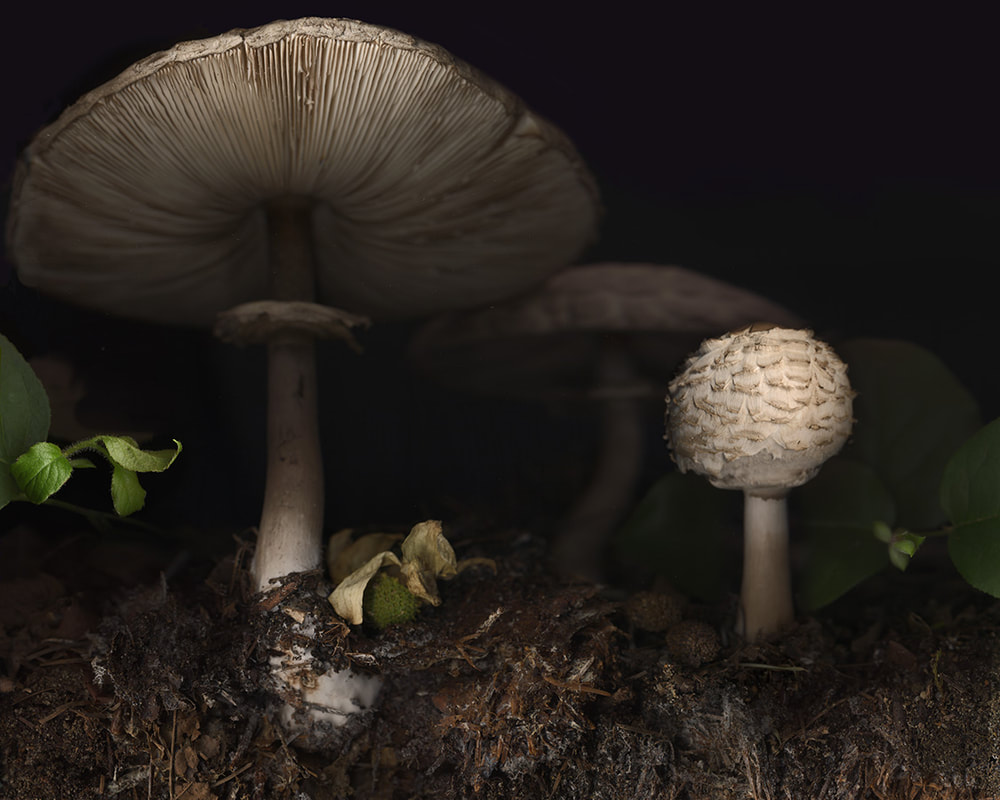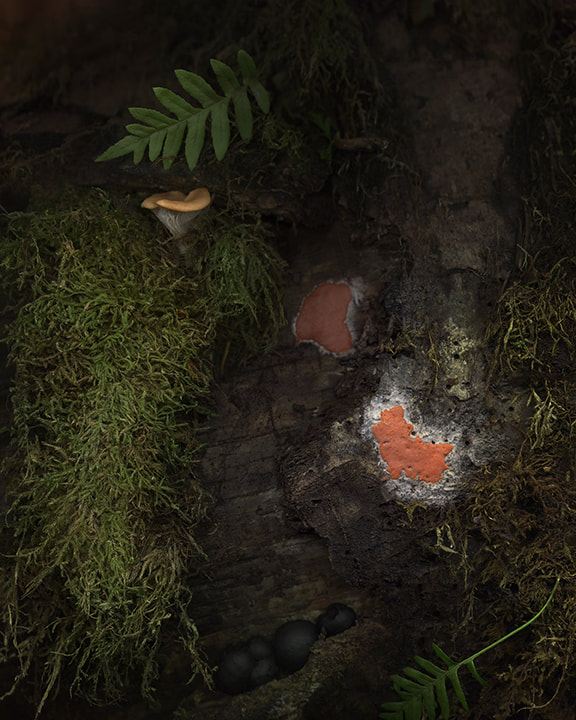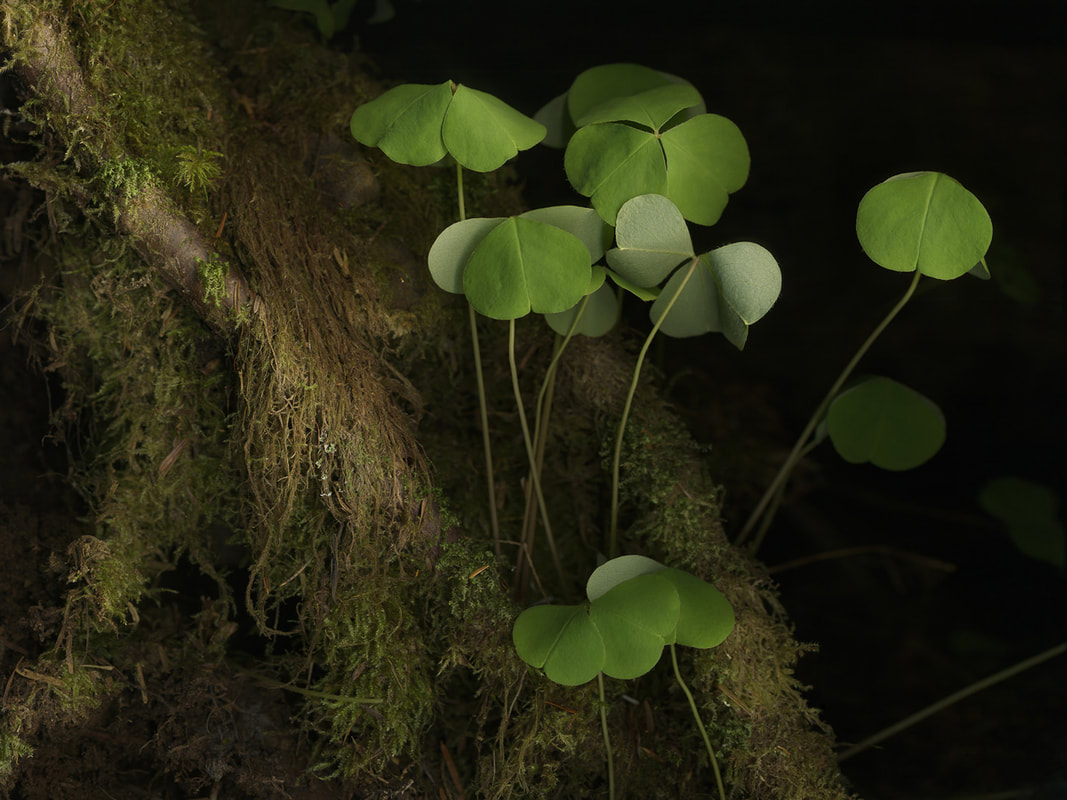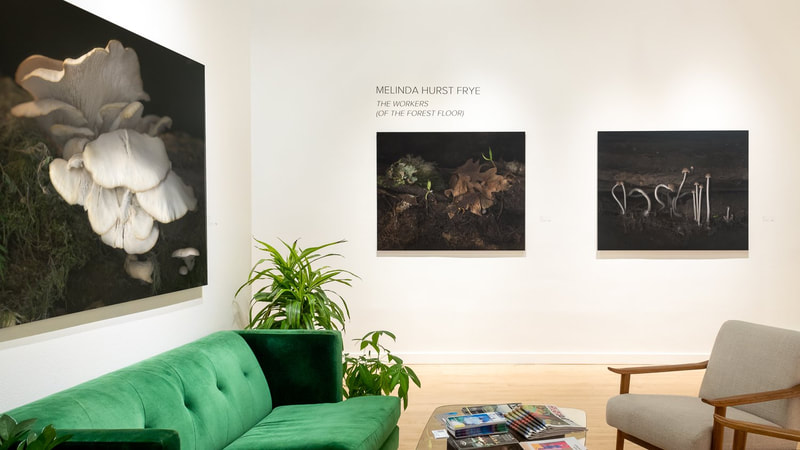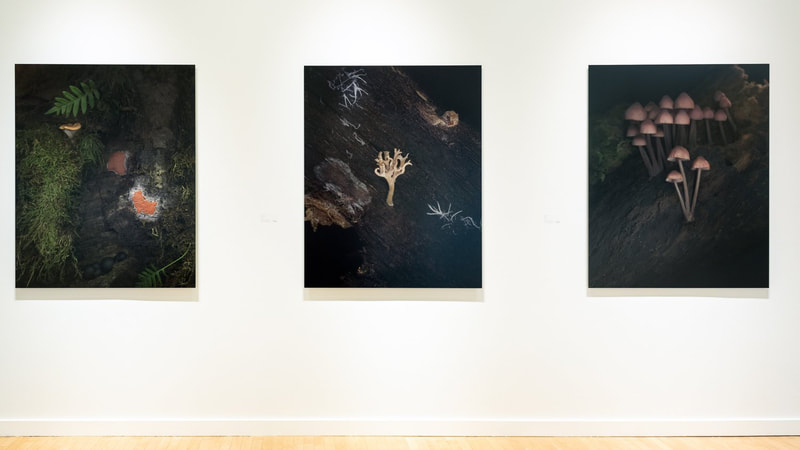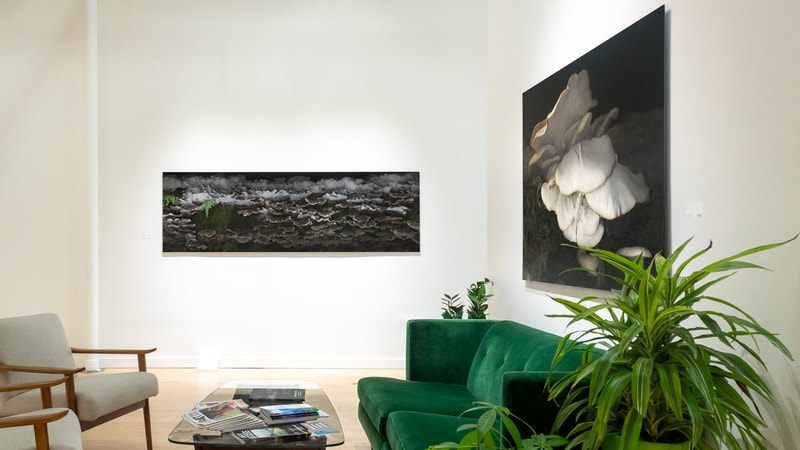The Forest Floor
an observation of the unique ecology and brilliance of the Forest understory
With dirt under my nails, my heart jumps as my hand brushes something in the soil. I am reminded of the world that thrives at ground level and below, unsettled by the mystery that is at my fingertips. Analogous to scenes from a natural history museum, flora and fauna take center stage to illustrate that we are always tied to migration, evolution, and metamorphosis. The surface is not a border, but an entrance to homes and habitats, highways and systems, graveyards, and regeneration.
Based on the unique ecology and brilliance of the forest understory of the Pacific Northwest, the Nurse Log series is a set of 5 photographs made from scans along a fallen log while it returns to the soil as it cradles new life. The Nurse Log series is part of the series 'The Forest Floor', an ongoing observation and witness to the brilliance of an active forest, celebrating the smallest of natural efforts and champions.
Ultimately, Hurst Frye’s work reminds us of the power of deep looking. One can easily lose oneself in her mysterious visual worlds of fungi and ferns, each subsequent consideration of the work yielding a new piece of flora to discover. She also reminds us of the richness to be found from looking downwards and inwards, rather than up and out. “The ground is where we see the immediate evidence of all the action taking place in the forest,” she explains. It is here, where our bodies meet the earth, that we can begin to understand the astonishing complexity of our natural ecosystems, as well as their interconnectedness. Hopefully, Hurst Frye’s work inspires us to see ourselves as not separate from those ecosystems, but rather an important character in their ever-unfolding tales. - Lauren Gallow, excerpt from essay accompanying exhibition catalog for J.Rinehart Gallery.
The Workers is the continuation of the Forest Floor, mining the unique ecology of the understory of the Pacific Northwest through the found fungal characters, laborers, and their partnerships within the forest floor. Using a flatbed scanner as my camera, I seek to witness the mysterious service of the mycelia and molds that contribute to our green spaces acting as carbon sinks. Slime mold migrates, changes shape, and decomposes its host. The hyphae in the forest floor exchange nutrients and signals between the trees, while other fungi recycle the fallen wood and return the deadfall to earth. The fruiting bodies provide evidence of the efforts and the slow churning of the soil that takes the forest apart, so it may become again.
By way of observation, experimentation, and slow investigation in the field, the imagery in 'The Forest Floor' references the mysterious activity of forested ecosystems layered with a sense of place. I approach a space like an amateur biologist; observing, sketching, noting, photographing specimens, and scanning the scene with a flatbed scanner. Once I have ‘collected’ the scene, I begin the process of visually telling the story of the ecology, place, and my own personal connection to the Pacific Northwest landscape.
Early work from this project was supported, in part, by a grant from 4Culture/King County Lodging Tax. A special thank you to Rockland Woods Artist Residency for the time and space to begin this work.
